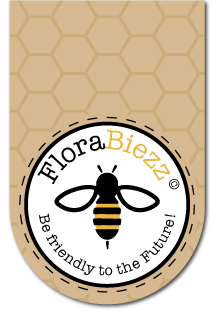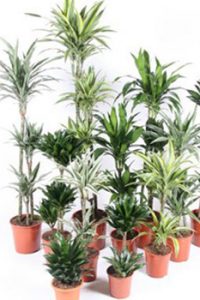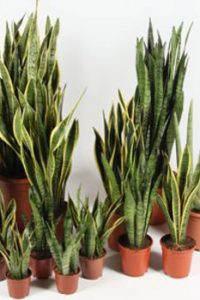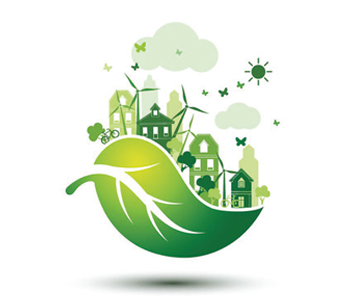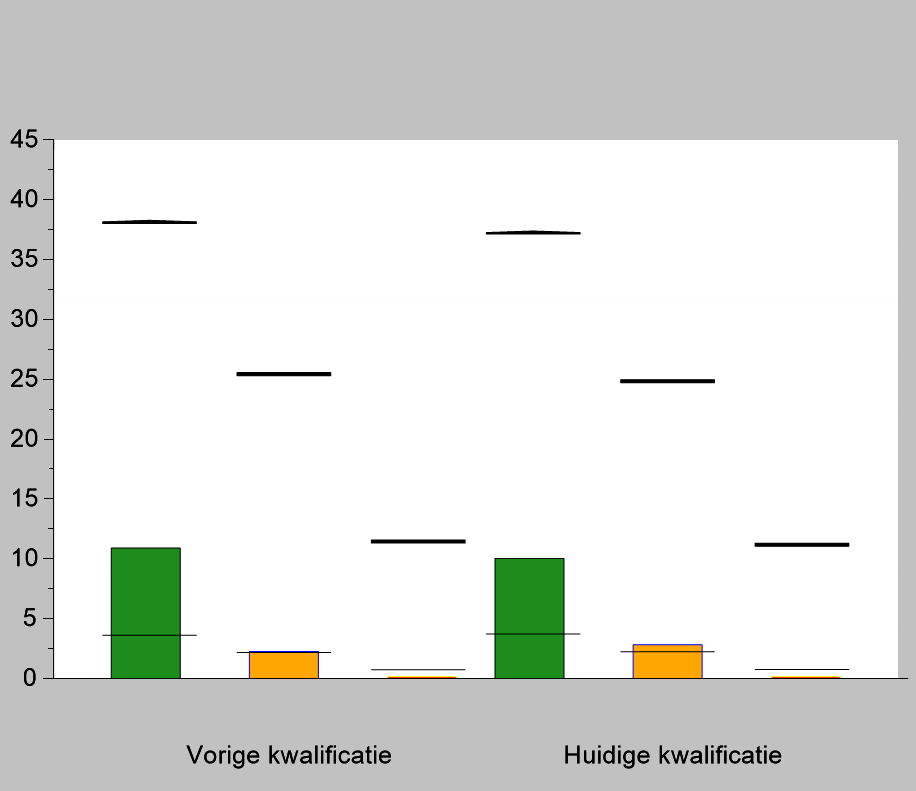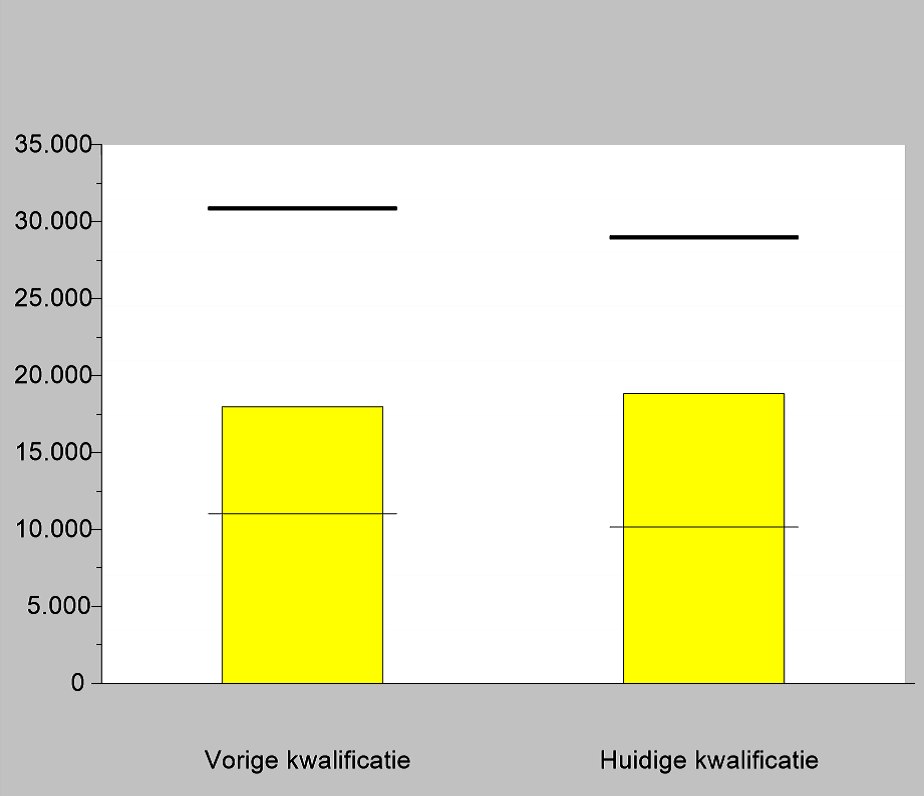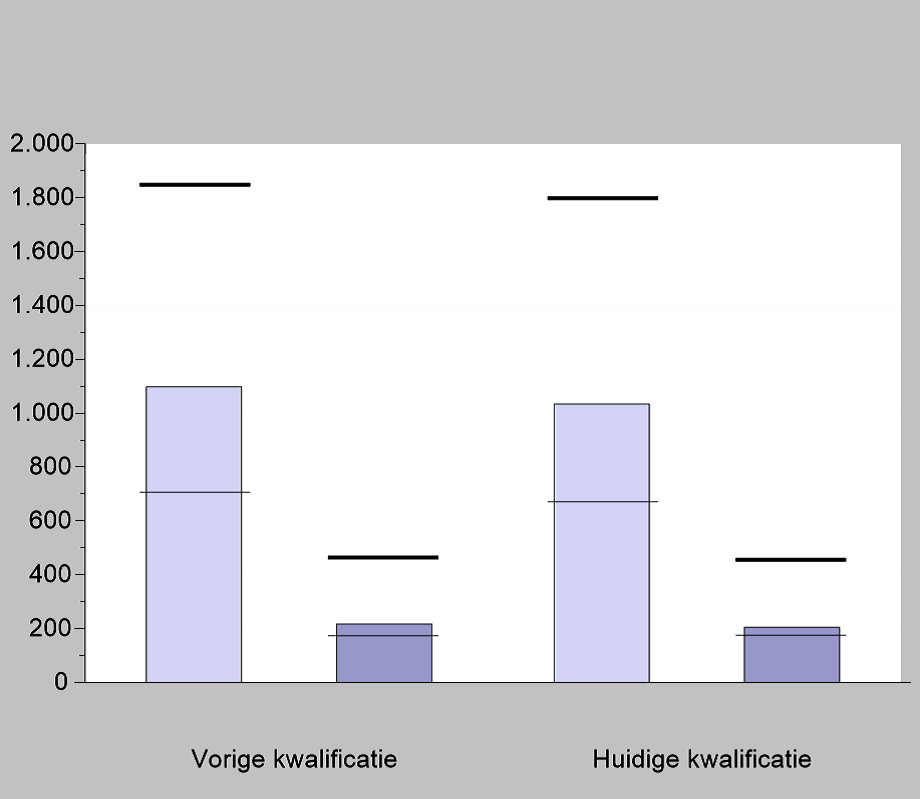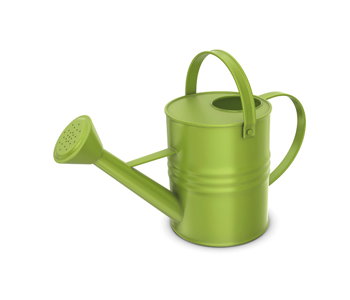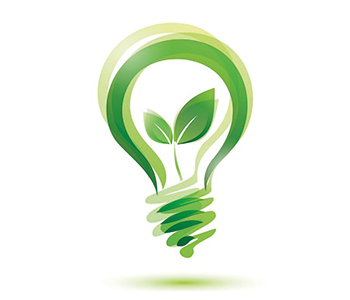The Dutch greenhouse horticulture sector is worldwide renowned for its innovative power. In order to be one step ahead of the competition from other parts of the world, people are constantly looking for better efficiency in the use of raw materials and space. This, of course, without compromising the (top) quality of the Dutch product.
The glasshouse horticulture sector in the Netherlands can cope with this rapid pace of innovation thanks to a strong relationship between research and practice. In addition, a great deal of knowledge is exchanged between the entrepreneurs in order to make progress together. The flower auctions are a good example of this as one of the largest cooperatives in the world.
Below we describe a few examples of this innovative power.
Biological control and integrated pest management
In order to minimise the use of pesticides and to find a better balance between parasites and their natural enemies, natural enemies of the parasites are used in the greenhouses. Thanks to the intensive exchange of knowledge between the growers and their suppliers, growers are increasingly able to produce a top quality product with organic solutions.
Combined heat and power (CHP)
Combined heat and power (CHP) is a large engine, originating from the shipping industry. Only it has been converted to run on natural gas. The efficiency of this motor is higher than traditional gas boilers. These engines drive a generator that generates electricity. This electricity is used in the company’s own nursery or is supplied back to the public electricity grid. The ‘residual heat’ produced by the engine is used to heat the greenhouses. After cleaning, the exhaust gases can be used to provide the plants with CO2. All in all, these motors provide an efficiency that can be up to 20% higher than the traditional method of heating (gas boilers).
Geothermal energy
Geothermal energy is used for this type of energy. A drilling tower is used to drill a well to a depth of 2-3 km. At this depth, water of more than 80 degrees can be ‘collected’. This heat is used to heat the greenhouses and then the cooled water is returned to the soil via a second source. It is expected that these sources will be able to continue to produce sufficient heat, even longer than the life of a greenhouse.
Drilling the well is an enormously expensive investment. In addition, there is a great risk that the drilling will ‘fail’. By working together with each other and with governments, in the Netherlands we are able to gain experience with this way of heating greenhouses sustainably.
Water purification
Plants need water and nutrients to grow. More and more nurseries are making use of the reuse of drainage water. This is water that is collected before it disappears into the subsoil. This ‘drainage water’ still contains many nutrients that can be used by the plants.
By reusing this water and mixing it with clean water, less fertilizer is used.
However, the drainage water also contains some ‘wrong substances’. The content of these wrong substances determines how much water can be reused. The application of new techniques creates opportunities to filter these ‘wrong substances’ out of the water.
Diffuse glass
In new constructions, more and more growers are opting to cover their greenhouses with diffuse glass. Diffuse glass ensures that light is distributed much more evenly across the crop without any shade or light spots. This leads to a more even greenhouse climate.
Temperature and humidity can thus be controlled more accurately, which means, for example, that the opening of the air windows can be limited, which leads to lower CO2 emissions.
LED lighting in greenhouse horticulture
A new innovation in horticulture is the use of LED lighting. This lighting is not comparable with LED lighting used in consumer use. In the horticultural sector, the lighting is produced by ‘power LEDs’ and therefore much higher. The major advantage of these ‘power LEDs’ is related to sustainable business practices: energy savings compared to high-pressure sodium lamps (orange-coloured lighting). This saves more than half of the energy.
Another major advantage is that when using LEDs, crops can be better controlled using the different colours in the light. This is in favour of a better growth and a higher quality of the product.
